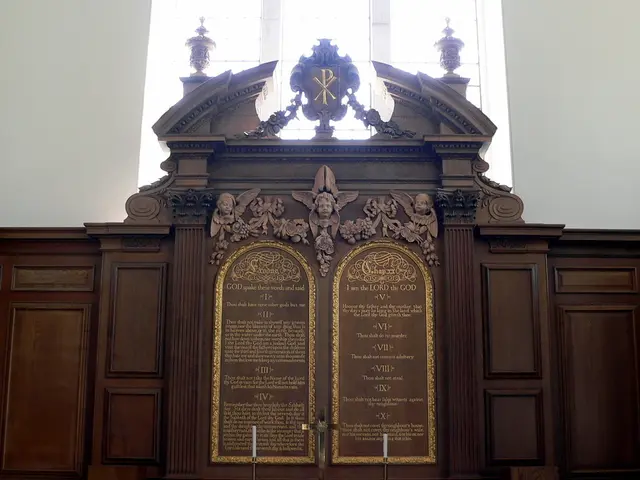Penn State's Streetlight EV Charging Solution Boosts Urban Accessibility
Researchers at Penn State University have developed an innovative solution to expand electric vehicle (EV) charging infrastructure. Their framework converts existing streetlights into affordable and accessible chargers, addressing a key barrier to EV ownership, particularly for urban residents and those in multi-unit buildings.
The project, funded by the U.S. Department of Energy, focuses on three key aspects: demand, feasibility, and community benefits. This enables cities to strategically install streetlight chargers where they are most needed and beneficial.
The team used artificial intelligence to predict optimal charger locations based on factors like traffic volume, land use, and nearby attractions. They successfully installed 23 streetlight chargers in Kansas City, Missouri, as part of a pilot program. In Dortmund, Germany, similar pilot programs were conducted with promising results.
The streetlight charging initiative offers significant advantages over traditional chargers. It is more affordable and efficient, delivering faster charging speeds. Moreover, it ensures equity by engaging communities and distributing charger access fairly across diverse neighborhoods.
The Penn State University project demonstrates a low-cost, accessible, and environmentally friendly way to expand EV infrastructure. By converting streetlights into chargers, cities can make EV ownership more feasible, especially for those in urban areas and multi-unit buildings. With further refinement using socio-economic and weather data, this solution promises to benefit communities nationwide.







